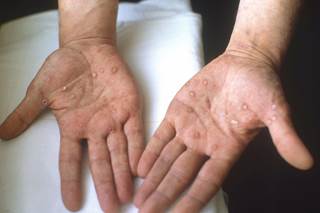Blog
19
Feb
2019
Dermatology, Infectious Disease Collaboration May Optimize Detection of Sexually Transmitted Infections







